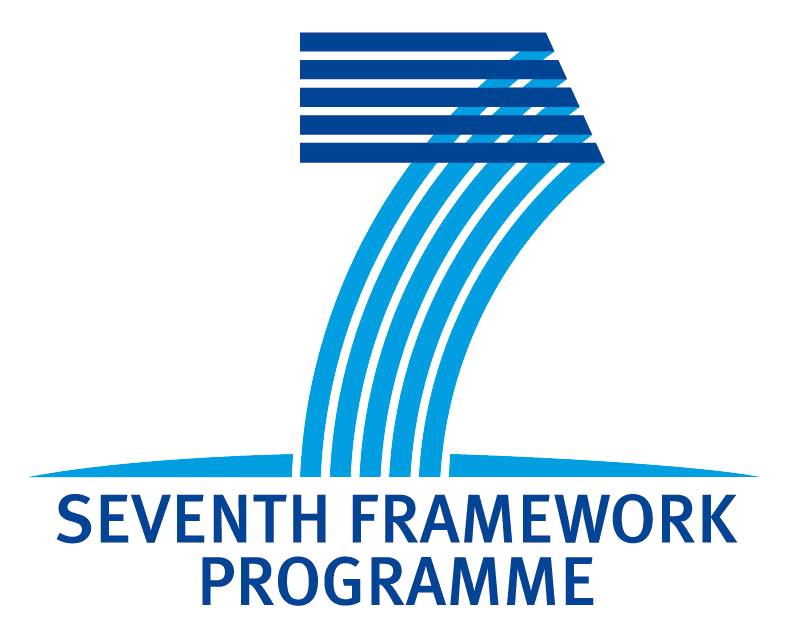WP3 meeting in Helsinki 13-14 June 2011
13 June
Presentations
- Inari: An overview on searching stuff from the FF ontology
- Ramona: cultural heritage case study
- Lauri C: demo on TF
- Adam: patents
- Lauri A: GF runtime in C
Adam's and Inari's presentations are attached at the bottom of the page.
14 June
Working groups day
- LauriC, Inari, Ramona and Seppo: cultural heritage.
- Looked at Dana's museum ontology and the automatically generated GF grammar. Ramona gave Inari, Seppo and LauriA access to the files in https://patch-tag.com/
Discussion on the museum workpackage
Discussed bridge from ontology rdf properties to gf verbalisation
The way Ramona works to map from properties to verbalisation is to decide on the sentences to verbalise and parse them to the GF grammar.
What Ramona uses is a hand made mapping from properties like paintedBy to frames like x was painted by y, which get mapped back to GF abstract grammar terms using GF parsing (?).
Ramona's GF bridge contains rdf property to verbalisation mappings like this:
museum:wasPaintedBy --> x was painted by y,
the phrase on the right is then parsed back to the resource grammar term like
mkPolSent ( S.mkCl o1 ( S.passiveVP paint_V2) (S.mkAdv byAgent_Prep o2))
In this scheme, somebody has to tell that wasPaintedBy is to be verbalised in English as x was painted by y, and from there we can generate the concrete grammar as above.
PaintingEng.gf then has the ontology term to resource grammar mappings.
This mapping to be done separately for each language, so you actually get little help from the interlinguality of GF here.
Ramona's abstract grammar only represents the arity of a property:
fun Painting_createdBy : El Painting_ArtWork -> El Painting_Human -> Formula;
This is just the original triple in GF syntax.
There not enough in the abstract grammar to choose the verbalisation, that is why she also needs to write per-language surface grammars from these to the resource grammar api. In other words, the abstract grammar is very abstract indeed.
Dana might be able to do aggregation of the per-property verbalisations to make the result more fluent, being expert on discourse planning.
This approach verbalises only per single rdf property. Would it be more flexible to be able to verbalise some rdf subgraph? Match a subgraph and choose verbalisation from that?
If we were to convert not just individual triples but triple sets into n-place abstract syntax terms, they could be verbalised as one resource grammar term, doing some of the aggregation already at the source.
Like
x paint y, y a portrait, y represents z --> x paint a portrait of z
We should compare this verbalisation task to the Ontotext task of query verbalisation. It is not partly the same task? Ontotext translates query graphs to questions. Museum case translates rdf graphs to declaratives.
Lauri has been thinking of building in TermFactory role ontologies for ontology verbalisation.
For instance for paint in TF there may be an event frame like
- paint
- agent
- patient
- instrument
Such frames could get mapped in a more system, language and domain independent way to surface realisation, such as GF resource grammar.
The museum painting ontology would be first mapped to such language and domain independent frames.
A reasoner could be used to map museum triples to such semantic role triples using a bridge ontology.
- LauriA, Krasimir: GF runtime in C
- Some tests with a lot of data
- Seppo, Junyou: Server stuff
- ???
| Attachment | Size |
|---|---|
| term-extraction.pdf | 188.36 KB |
| patents-talk-03.05.pdf | 185.17 KB |
What links here
No backlinks found.


